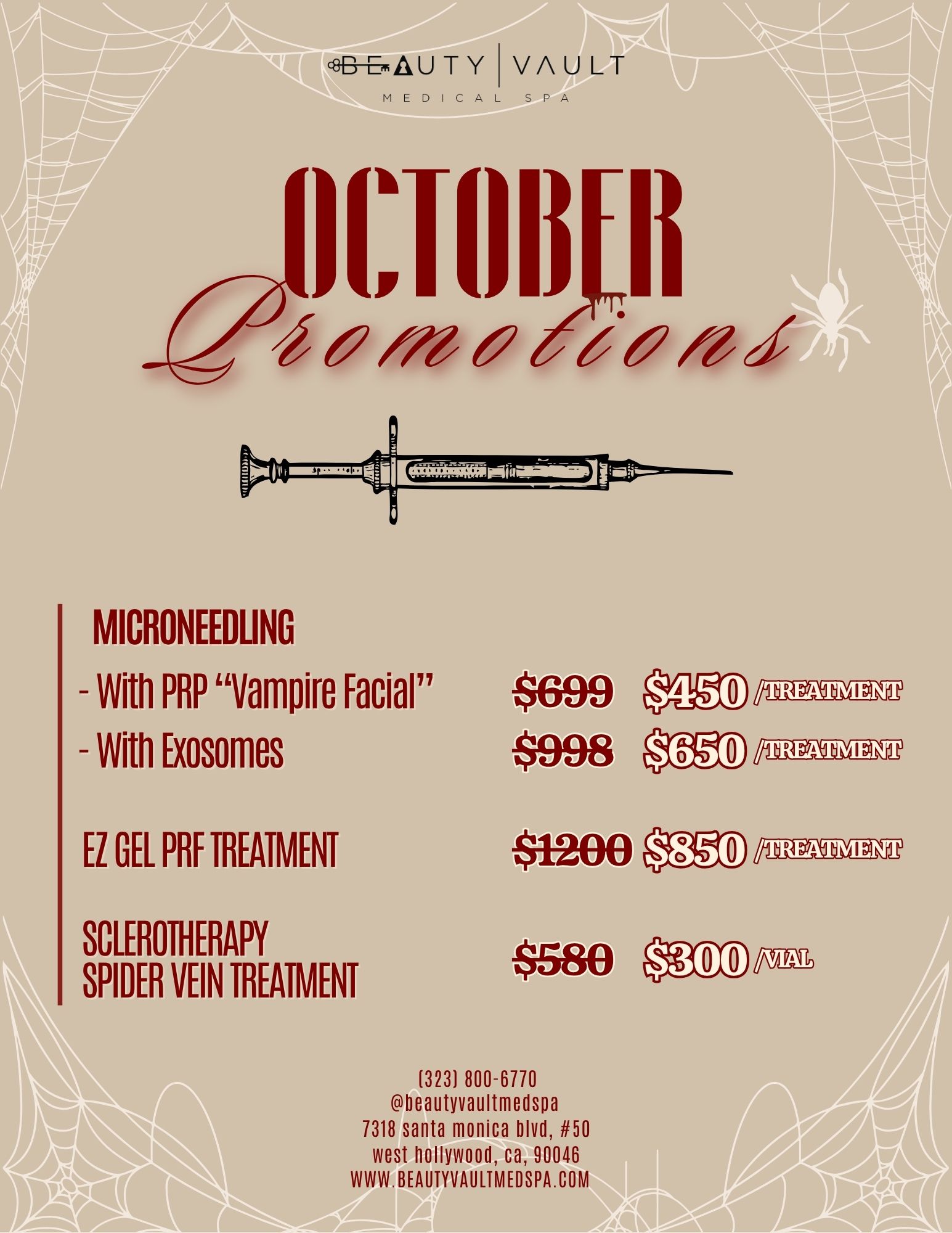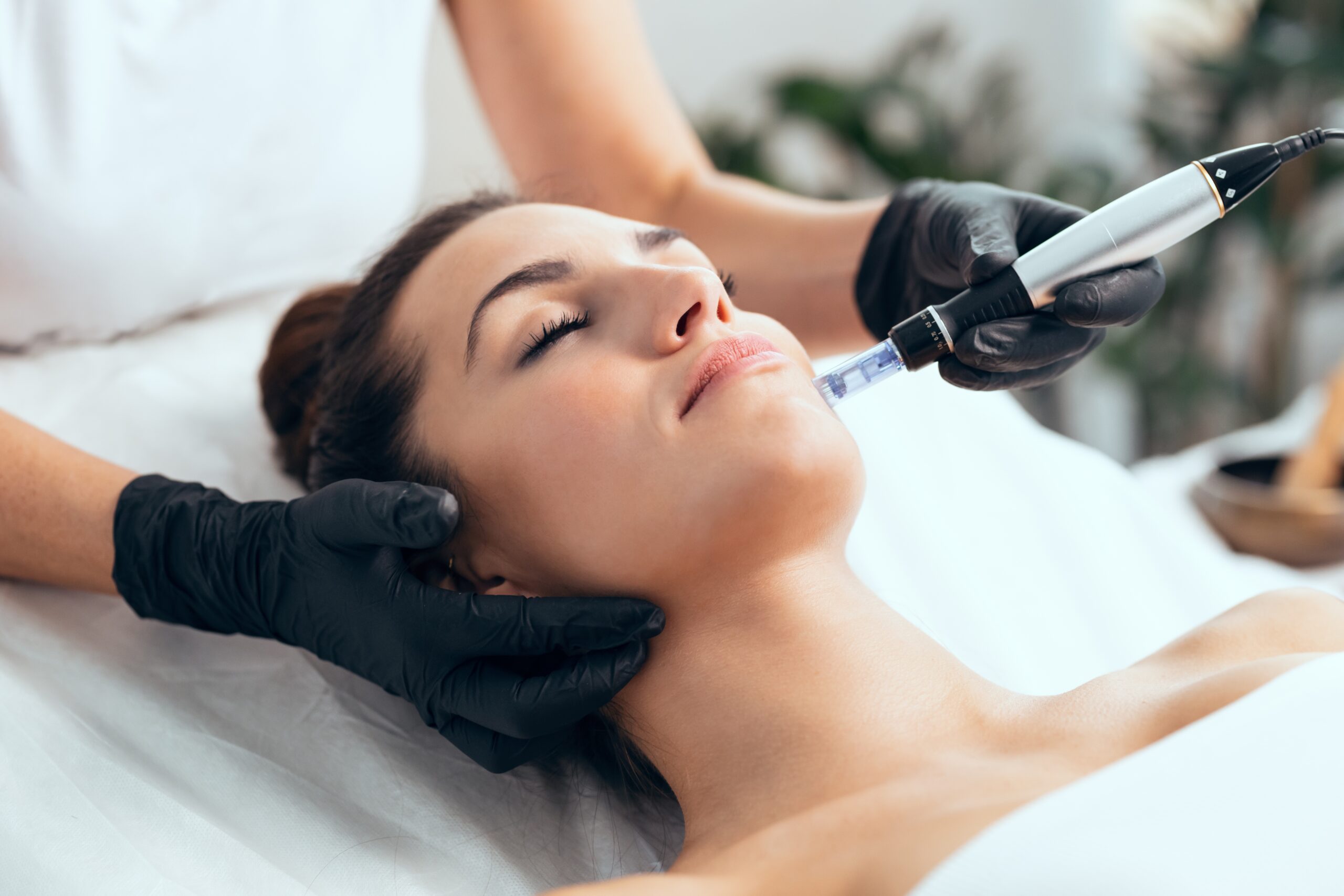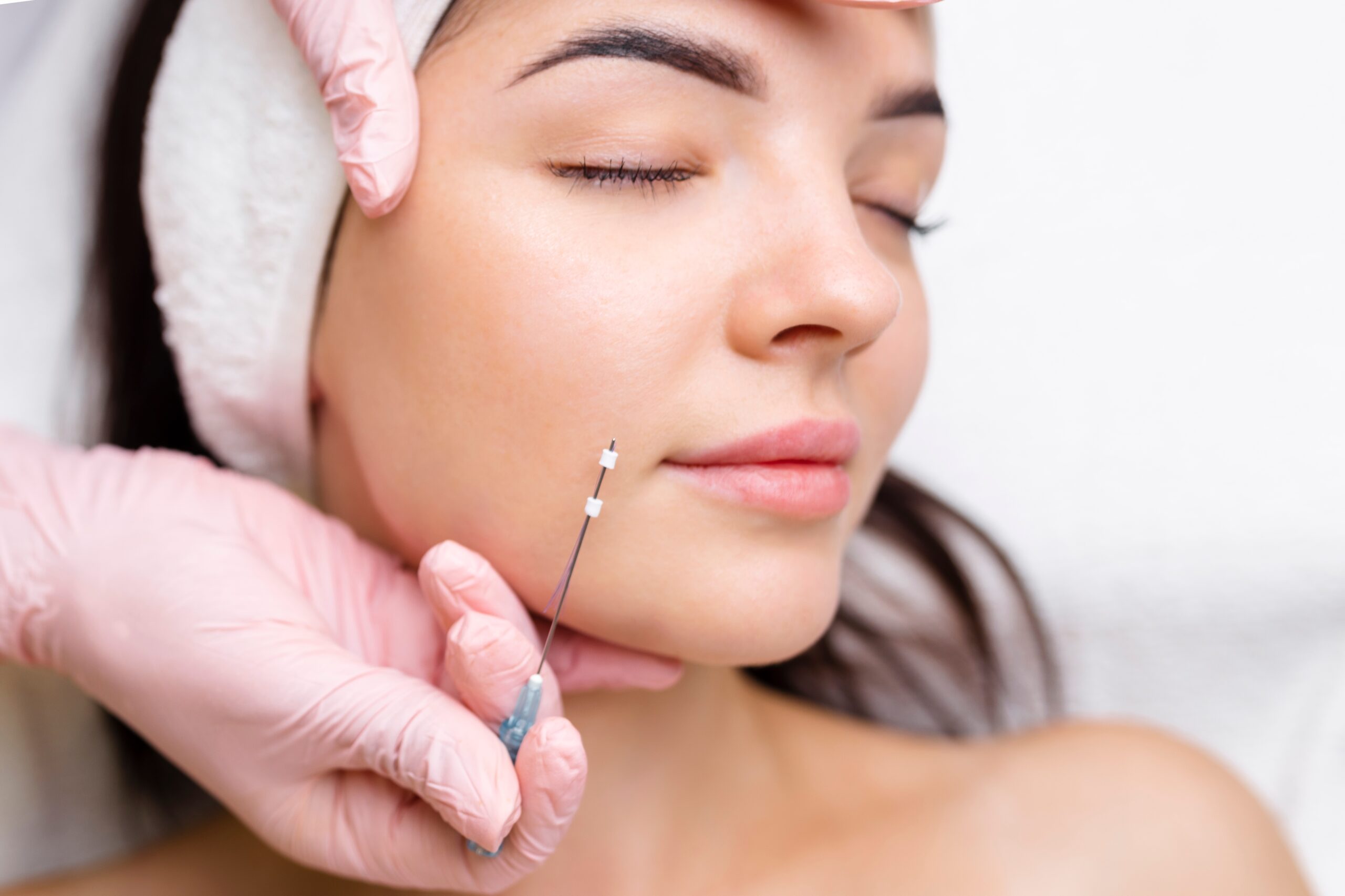Here’s a surprising fact—acne scars show up on the face, chest, or back of one in every five people. Past breakouts leave these lasting marks, and finding the right treatment can feel like a daunting task.
The good news is that several treatments work really well to fade these scars. This piece will explore some of the most effective options available today.
How to Choose the Right Acne Scar Treatment
Choosing the best acne scar treatment requires you to think about several factors. Your unique situation, including your scar types and skin characteristics, determines how well a treatment works. You should know what you’re dealing with and set realistic expectations before starting any treatment.
Assessing Scar Type: Atrophic vs. Hypertrophic
The right treatment starts with knowing your scar type. Acne scars typically fall into two main categories:
Atrophic scars happen because of tissue loss and look like skin depressions. These make up 80-90% of all acne scars. Atrophic scars come in three different forms:
- Ice pick scars: Deep, narrow depressions that go into the dermis and look like puncture marks. These make up 60-70% of atrophic scars and are usually the hardest to treat.
- Boxcar scars: Wider depressions (1.5-4.0mm) with sharp edges, making up 20-30% of atrophic scars.
- Rolling scars: Wide depressions with sloping edges that give skin a wavy look, making up 15-25% of atrophic scars.
Hypertrophic and keloid scars create raised bumps from too much collagen production. Hypertrophic scars stay within the original wound area, while keloids grow beyond it. These raised scars show up more on the chest, back, and shoulders, especially if you have darker skin.
Skin Tone and Sensitivity Considerations
Your skin tone substantially affects which treatments might work best. Darker skin tones face a higher risk of post-inflammatory hyperpigmentation after certain treatments.
Your skin’s sensitivity and type are vital factors, too. Gentler approaches might work better if you have dry or sensitive skin. Your active acne needs treatment first before dealing with any scarring.
Microneedling: Pros, Cons, and Ideal Use Cases
Microneedling stands out as one of today’s most innovative acne scar treatments. The process uses controlled micro-injuries that tap into your skin’s natural healing response. Your skin receives thousands of tiny channels from sterile needles in this minimally invasive procedure, which kicks off a remarkable regeneration process.
How Microneedling Gets More and Thus Encourages More Collagen
Your skin goes through a three-phase healing process during microneedling. It starts with inflammation. Your immune system activates when micro-punctures occur, and blood flow increases to the treated area. New granulation cells form as part of the extracellular matrix during the proliferation phase, and your body creates a fresh network of blood vessels.
The remodeling phase comes last, where new dermal tissues heal the wounds. Your body replaces weak, damaged collagen in atrophic scars with these newly formed collagen fibers, which help lift indented areas closer to the surface.
Best for Rolling and Shallow Boxcar Scars
Each type of acne scar responds differently to microneedling. Clinical evidence suggests rolling and boxcar scars tend to improve very well after microneedling treatment. Your results might vary with icepick scars, which typically show only moderate improvement because of their narrow, deep structure.
The American Academy of Dermatology points out that microneedling works best on depressed—not raised—acne scars. This relates directly to collagen-inducing benefits. Raised scars already have excess collagen, so microneedling might not suit them.
Microneedling with Vitamin C or PRP
Your results can improve with additional treatments alongside microneedling. PRP contains about 20 types of growth factors that control cell growth and help tissue remodeling. Vitamin C helps make collagen while providing antioxidant benefits.
Research shows better outcomes with PRP compared to vitamin C. A split-face study revealed 60% improvement in scar appearance on the PRP-treated side versus 45% for vitamin C. Notwithstanding that, vitamin C combined with microneedling effectively improves skin firmness and smoothness, plus helps with post-inflammatory hyperpigmentation.
How Many Microneedling Treatments are Required?
Most patients need four to six treatment sessions with four to six weeks between each session for optimal results. Your Beauty Vault practitioner will likely recommend gentle moisturizers, avoiding direct sun exposure, and using high-SPF sunscreen until the sessions and healing processes are complete.
Chemical Peels: Depth, Ingredients, and Effectiveness
Chemical peels are a great way to treat acne scars by removing damaged skin layers in a controlled way. These treatments use special chemical solutions that remove old skin and reveal smoother, less scarred skin underneath.
Superficial vs. Medium vs. Deep Peels
The results you get from chemical peels depend on how deep they go into your skin.
Superficial peels only work on the top skin layer (epidermis). They use mild acids like glycolic, lactic, or salicylic acid at lower strengths. You might need several treatments to see results with these peels, which work best for mild discoloration and texture problems. Your skin usually heals between one and seven days with some redness and flaking.
Medium peels go deeper into the papillary dermis and usually work well for moderate hyperpigmentation and scarring. The healing takes one to two weeks, and you’ll likely see swelling, redness, and crusting in the first 48 hours. Your skin might stay pink for several weeks after healing.
Deep peels reach the lower dermis using phenol or high-strength acid. These give dramatic improvements for severe scarring but need 14 to 21 days to heal. You’ll need bandages after treatment, and the process can be quite uncomfortable.
Depending on the scarring and chemical peel treatment, you may need three to six session with two to eight weeks between each one. Research shows 80% of patients had excellent results after four sessions.
Post-Peel Care and Recovery Timeline
Your recovery time mostly depends on how deep your peel goes:
Days 1-2: Your skin will feel tight and look red, with possible swelling. Cold compresses help with comfort.
Days 3-5: Peeling starts near your mouth and moves outward. Let your skin peel naturally; picking at it can leave scars or dark spots.
Days 6-7: Fresh skin appears, but redness might stay. Keeping your skin hydrated becomes really important now.
Week 2+: Your skin’s tone and texture keep getting better. Deep peels might need several more weeks to heal fully.
During recovery, use gentle moisturizer regularly, stay away from harsh skin products, and protect your skin with broad-spectrum SPF 30+ sunscreen daily to prevent dark spots.
Laser Resurfacing: When and Why to Use It
Laser resurfacing stands out as a powerful way to treat acne scars through precise energy delivery to the skin. The treatment targets irregular skin with concentrated light beams that either remove damaged layers or boost natural collagen production beneath the surface.
Ablative Lasers for Severe Scarring
Ablative laser treatments remove the entire top layer of skin and heat underlying tissues. They vaporize skin precisely, layer-by-layer. Deeply pitted acne scars often respond well to ablative lasers, with some patients seeing major improvements after just one treatment.
However, the quick results come with a trade-off; recovery usually takes 10 to 21 days, and redness might last two to three months. Your skin needs careful cleaning during healing, along with ointment application and protection from sun exposure. Ablative lasers might not work well if you have active acne, very dark skin, or a history of problematic scarring.
Non-Ablative Lasers for Minimal Downtime
Non-ablative lasers work differently from ablative methods. They target deeper skin layers without removing the protective epidermis to stimulate collagen production and improve texture. These gentler treatments need minimal recovery time—usually just one to three days of mild redness or swelling. The results appear more gradually than ablative lasers, but patients appreciate the quick recovery time.
People between 35-50 years old with early signs of scarring make ideal candidates. Also, most patients need multiple sessions spaced several weeks apart to see optimal results.
Laser Suitability for Darker Skin Tones
Darker skin tones need extra care when choosing laser treatment. Some wavelengths are effective at bypassing the outermost skin layer and avoiding melanin damage, making them better for melanin-rich skin better than others. Non-ablative options carry lower risks of pigmentation changes compared to ablative treatments.
Beauty Vault Wants to Help Remove Your Acne Scars
Although acne scars are a common aspect of growing up, they don’t have to be part of your reality for the rest of your life. Let the West Hollywood Beauty Vault team examine your scars and determine the treatment that would most successfully restore your smooth skin and boost your self-confidence. Get started today by calling the Beauty Vault at (323) 800-6770 or filling out a contact form.
FAQs
Q1. What is considered the most effective treatment for acne scars? The most effective treatment varies depending on scar type and severity. Laser resurfacing, particularly fractional CO2 lasers, is often considered highly effective for moderate to severe scarring. However, a combination of treatments tailored to individual needs typically yields the best results.
Q2. How many treatment sessions are typically required for acne scar improvement? Most acne scar treatments require multiple sessions for optimal results. Microneedling usually needs four to six treatments spaced four to six weeks apart. Chemical peels may require three to six sessions, while laser treatments can vary from three to six sessions for non-ablative to fewer sessions for ablative lasers.
Q3. What should I consider when choosing an acne scar treatment? When selecting a treatment, consider your scar type, skin tone, sensitivity, budget, and how much downtime you can accommodate. It’s also important to have realistic expectations and understand that complete scar resolution is rare. Consulting with the Beauty Vault team can help determine the most suitable treatment plan for your specific situation.








